

Nearly 20 years ago, astronomers observed a massive cloud of fine dust particles around a young star located just 63 light-years away from Earth. In recent observations from the Webb Space Telescope, however, the dust cloud had mysteriously vanished.
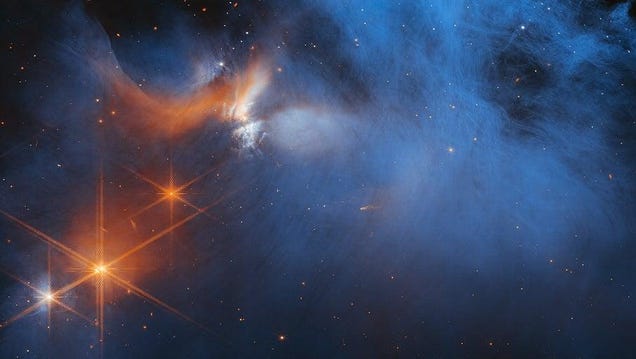
The Pleistocene Epoch—with its glaciers, woolly mammoths, and Neanderthals—still looms large in Earth’s rearview mirror, having ended a mere 12,000 years ago. Now, a team of researchers posit that those hundreds of thousands of years of our planet’s history may have been chilly due to a cloud in space that briefly…
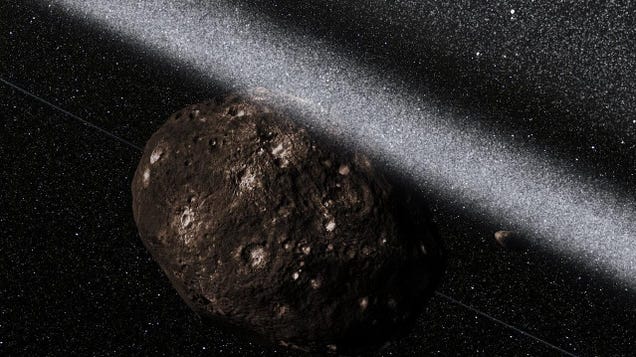
The Sun is orbited by eight planets, at least five dwarf planets, tens of thousands of asteroids, and around three trillion comets and icy bodies. Although not all objects of the solar system are as well known as Earth, Jupiter, or other celestial bodies with main character energy, they still make up a valuable part…
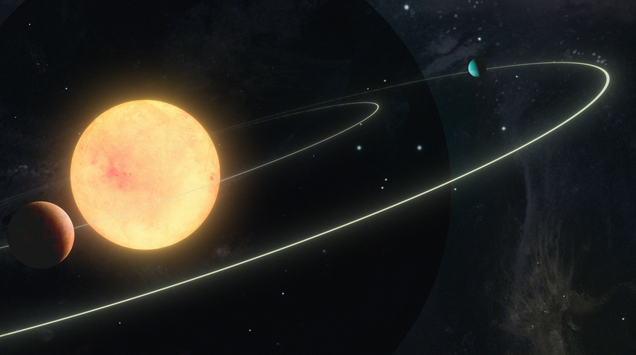
Do we live in an unusual star system? Astronomers have been trying to figure out if the Solar System is unique compared to other stars and their orbiting planets, and they just took a major step towards answering the longstanding cosmic mystery.
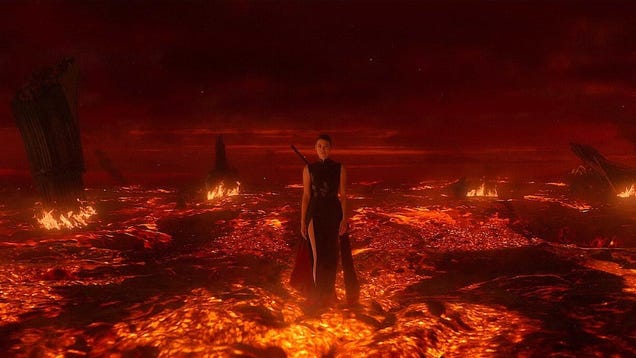
By now, I’m assuming that we’ve made our way through all eight episodes of the Netflix adaptation of Liu Cixin’s The 3 Body Problem (and by we, I mean sci-fi nerds). The series is packed with science—much of it way over the top—but it grounds itself in quantum mechanics and astrophysics.
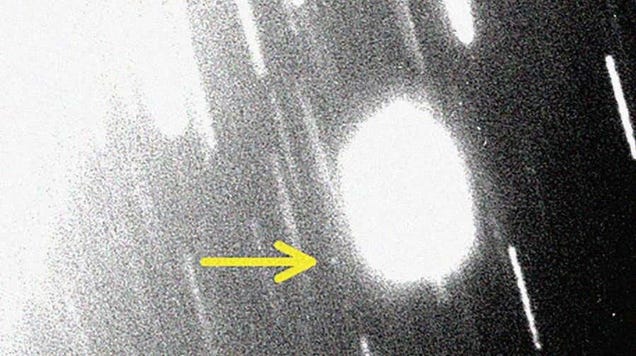
Astronomers found a new moon orbiting Uranus, as well as two around Neptune. The tiny satellites appeared as faint specks in the outer reaches of the solar system following hours of ground-based observations.

While journeying through the far reaches of the solar system, the New Horizons probe picked up a dusty trail of icy fragments that may indicate that the Kuiper Belt—home to former planet Pluto and countless other objects—is way bigger than we thought.


